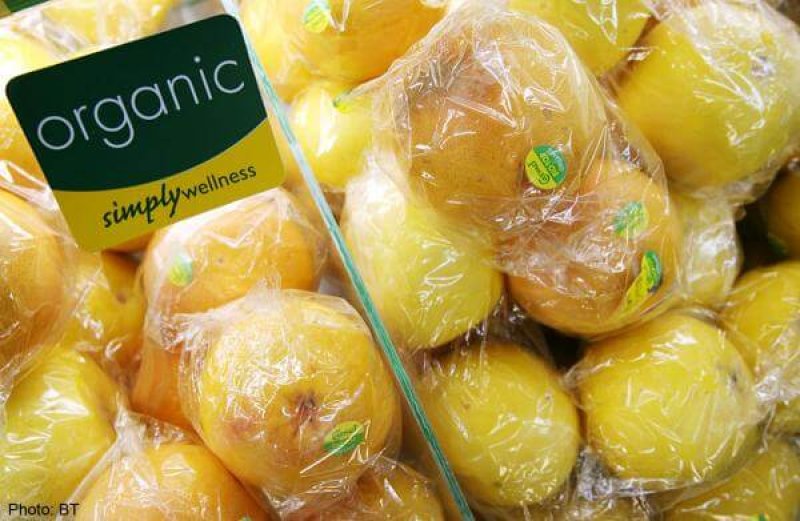Here are some shockers about how the “organic foods” phenomenon is costing you more, making foods less safe and costing real American organic farmers marketing share:
- About 43 percent of the organic food sold in America tested positive for prohibited pesticide residue, according to two separate studies by two separate divisions of the USDA, conducted in 2010-2011 and 2015.
- The USDA “certified” label for organic food is not based on any objective, scientific process that ensure authentic or safe produce. In fact, the program is regulated by the USDA’s Agricultural Marketing Service and not connected to the department’s food safety, research, inspection, nutrition or risk management services.
- Only in the organic industry is manure routinely applied to fields growing crops for humans, a practice which can be detrimental to human health – even deadly, especially when manure is not fully composted. Even so, the USDA does not require field testing for possible fecal contaminants on the organic crops it certifies, even though such testing costs less than $25 per episode.
As long as consumers believe organic food is worth more… no one making money in the organic sector will be obligated to prove organic food is worth the extra cost. Meanwhile, the interests of non-organic consumers, conventional and biotech farmers, processors, and wholesalers recede as the organic movement, with its knee-jerk opposition to modern farming, dominates the debate and sets the rules.
[See the original report here]
The GLP aggregated and excerpted this article to reflect the diversity of news, opinion and analysis. Read full, original post: 13 facts about ‘organic’ foods that will shock you































